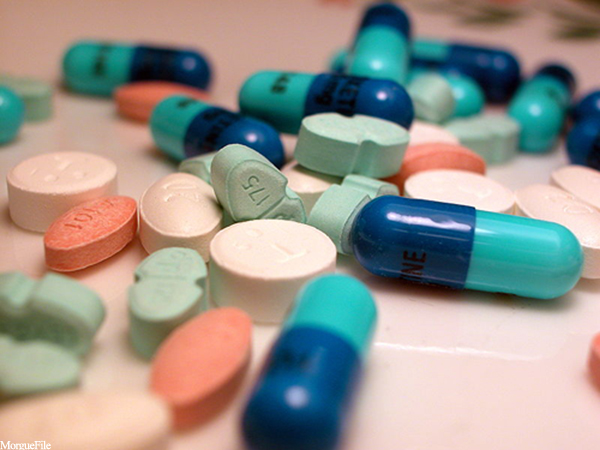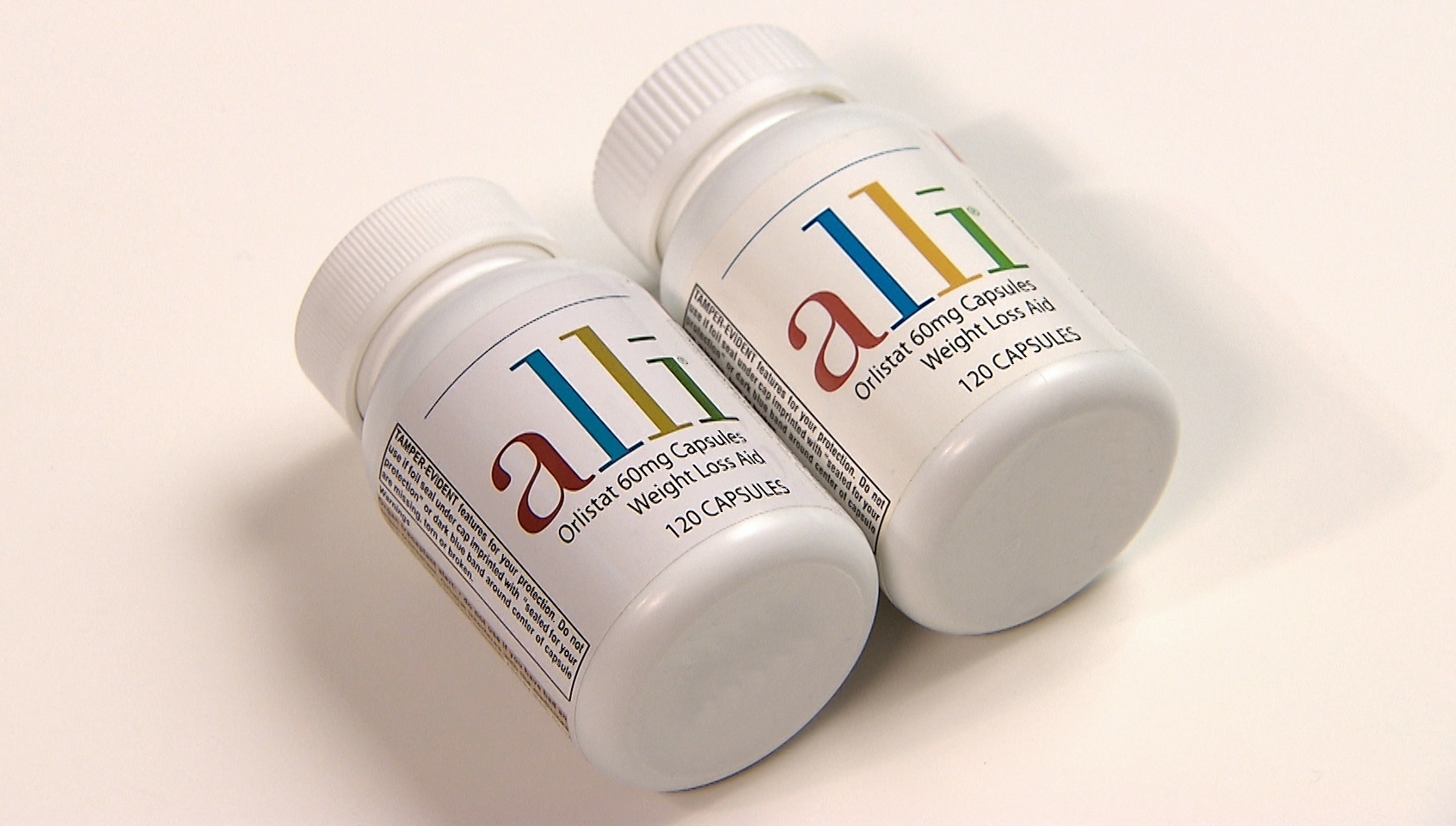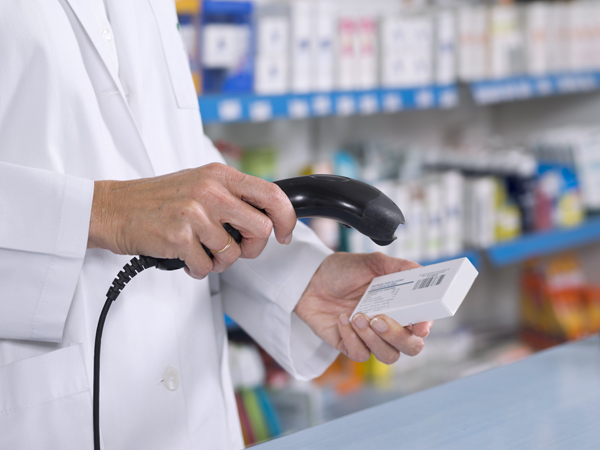While the November 27, 2018 enforcement deadline for phase two of the Drug Supply Chain Security Act (DSCSA) is fast approaching, a new study conducted by not-for-profit information standards organization, GS1 US, suggests that the majority of pharmaceutical manufacturers aren’t yet compliant. In collaboration with their pharmaceutical wholesale partner organizations – which included AmerisourceBergen, Cardinal Health, and McKesson Pharmaceutical – GS1 US found that almost 80 percent of packaged drugs sold in the US lack a readable 2D barcode containing the four required elements of serial number, lot number, expiration date and Global Trade Item Number (GTIN) National Drug Code (NDC).
“The industry has made only marginal progress in the past year toward implementing DSCSA serialization, and US FDA enforcement is around the corner,” said Siobhan O’Bara, SVP industry engagement and services, GS1 US. “Just over one month from now, failure to meet these critical requirements could begin to negatively impact companies’ reputations and bottom lines, so time is of the essence.”
The companies conducted their assessment in May of this year to get an idea of how pharmaceutical manufacturers were preparing for the DSCSA serialization compliance. The three pharmaceutical wholesalers which participated in the study distribute about 90 percent of all drugs sold in the US.
RELATED WEBINAR: 6 Ways to Combat the Problem of Counterfeit Drugs
AmerisourceBergen and McKesson scanned a combined 21,209 packages of pharmaceuticals held int heir distribution centers, including both specialty medications and prescription drugs. They found that just over 20 percent of the pharmaceutical product packages contained a DSCSA-compliant 2D barcode.
What’s more, Cardinal Health found that just over 15 percent of the over 15,000 barcodes it scanned had barcodes containing the four required data elements for serialization. Inconsistencies in the way barcodes were placed on product packages, as well as formats for expiration dates were some of the issues identified on the few packages that contained the DSCSA-mandated barcodes.
So, what can pharmaceutical manufacturers do now to ensure they meet DSCSA requirements by next month? The three pharmaceutical wholesalers that took part in this study recommend suppliers make use of the compliance resources available to them.
AmerisourceBergen, Cardinal Health, and McKesson all offer education and support to help manufacturers ensure their barcodes meet new regulations. In addition, GS1 has published guidance which covers proper size, placement and encoding of the 2D barcodes for pharmaceutical packages.
“Compliance is critical,” said O’Bara, “but it is important to understand that the whole point of serialization is ultimately to effect industry-wide improvements in traceability, efficiency and accuracy – and most of all, patient safety – goals we can all get behind.”












Join or login to leave a comment
JOIN LOGIN